|
|
| |
|
|
| |
|
Bouchot mussel grows on wooden poles in the sea so that it is
out of reach of predators. It is the best mussel : it is
yellow-orange and its taste is unique. |
|
|
| |
|
|
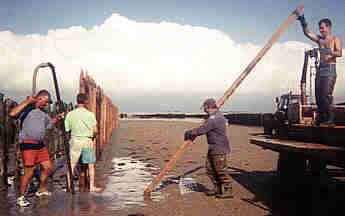
| |
|
|
| |
|
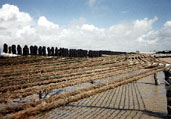 Horizontal
ropes are tended at sea in the areas where mussels reproduce (like Noiremoutier). Babies mussels (spat) set on the strings
which are then brought in Normandy in June to be fixed “on
wooden tables”. Here, spat grows up to the end of summer. Horizontal
ropes are tended at sea in the areas where mussels reproduce (like Noiremoutier). Babies mussels (spat) set on the strings
which are then brought in Normandy in June to be fixed “on
wooden tables”. Here, spat grows up to the end of summer. |
|
|
| |
|
|
| |
|
|
| |
|
In September, the strings are rolled in
spiral on the poles (bouchots). At the foot of each pole, a kind
of plastic skirt is fixed in order to prevent crabs and other
predators to climb and attack the mussels. |
|
|
| |
|
|
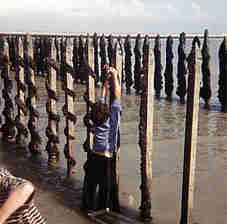
| |
|
|
| |
|
Throughout winter and spring, mussels develop
and cover the bouchots. To ensure that mussels are not swept
away by storms, the sea farmers put nets on them. |
|
|
| |
|
|
| |
|
|
| |
|
After at least one year's growth on bouchots,
they are picked with the help of machines. It remains only to
rid their nets, wash, sort and pack for shipment and sale. |
|
|
| |
|
|
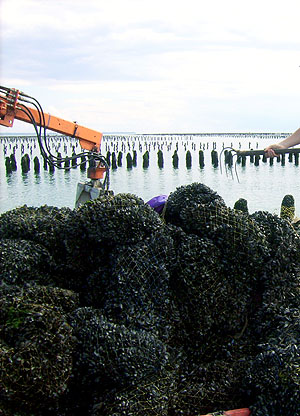 |
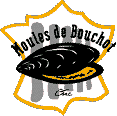
| |
How can you recognise Bouchot? |
|
|
| |
Bouchot mussels are easily identifiable: the shell is small, the
fish inside is fleshy and yellow or orange. Usually there is neither
sand nor parasite (crabs…) inside. Their taste has nothing to do
with any other mussel.
Moreover, to protect consumers, mussels sea farmers created the
“Moule de Bouchot” trademark. Thus, bouchot mussels are sold with a
label with a logo. |
|
|
| |
|
|
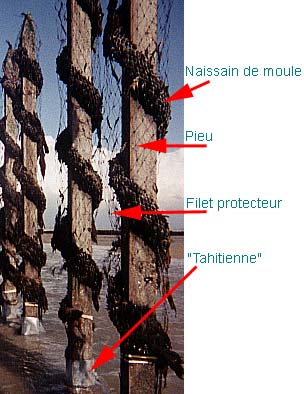
|